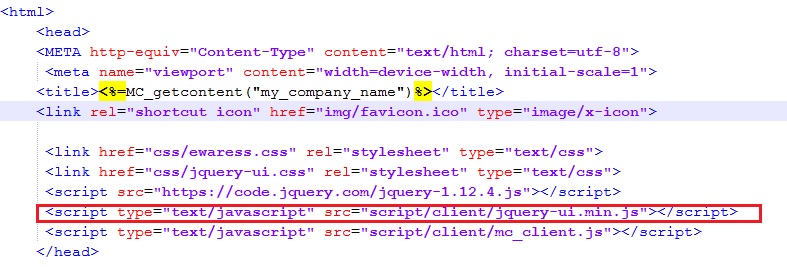


This technique helps create historical dates and add them as properties for your date objects. It then subtracts the Date object’s property xMasDay and identifies the difference between it and the current date.
#CRM JAVASCRIPT SETDATE CODE#
>The line of code above gets the respective time for each object in milliseconds for each date. The code below shows how you could access that property from the todaysDate variable and see how much time has passed.Ĭonst msTimePassed = todaysDate.getTime() - () Elaborating on this, the variable above has a current timestamp, after which the property xMasDay was added directly to the date object.

What’s unique about this is that it will add this new date to the date object as a property, as such instances of the date object will also be able to access it.
#CRM JAVASCRIPT SETDATE HOW TO#
Let’s look at an example of how to do that next.ĭ = new Date(2021, 12, 25) For example, if you want to tie multiple pieces of information to a date object you can use the prototype. However, using the prototype you can create and add properties to any date object you create. Interestingly the Date object in JavaScript doesn’t have any native or static properties. Long Date "Mar 25 2015" or "" JavaScript Date Properties However, if you must use a string try to stick with the three standard formats that the Object accepts as numbers. The best practice is to parse strings into integers before providing them as an argument. It is also important to note that months start counting at zero instead of one. In the end, this means that strings as arguments open the door for errors and issues. Because of this, the dates get interpreted to the earliest date associated with the interpretation. This line of code provides a string date that gets interpreted as expected despite lacking specificity. Let’s look at the example below and discuss what’s happening.Ĭonst dateTwo = new Date("December 25, 2021") It is ill-advised to use strings due to the room for interpretation that can be prone to issues. If you pass in a string such as “this string here” the interpreter will throw an error invalid date, yet it will try to interpret dates in the form of strings to the closest it can. The result would look like the example below.Īrguments passed to the Date object should be an integer in milliseconds if only providing one integer. This code would create a timestamp of the first second of the Date object’s range. You can retrieve this date from the date object by passing the number zero, as seen below. The date object counts time using milliseconds since midnight Jan 1, 1970. Most interpreters will accept less than three, yet providing one parameter will result in the number getting interpreted in milliseconds. The recommendation is for a minimum of three arguments starting with the year, month, and day. In the above example, the arguments passed are for the year, month, day, hour, minutes, seconds, and milliseconds. The Date object can accept up to seven arguments Let’s look at that next.Ĭonst rndmDate = new Date(2018, 6, 22, 7, 22, 13, 0) If you want a date from the future - or past - saved, you can send in a specific date as an argument in milliseconds unless it’s a UNIX timestamp. This line of code would create a date object with the current time at execution, which would mean it would look similar to the following. Let’s take a look at an example of the simplest form of syntax for the Date object. The Date object creates a date-time stamp of the current time or a specified time. Take a look at the following image to understand the breakdown of the Date object timestamp.
#CRM JAVASCRIPT SETDATE SOFTWARE#
Social media software uses it to display posting and comment times for tracking updates. A large majority of JavaScript developers for tracking data entry times for different applications. The JavaScript Date object is an object that creates time stamps for various software needs. Without wasting more time, let’s get started.


 0 kommentar(er)
0 kommentar(er)
